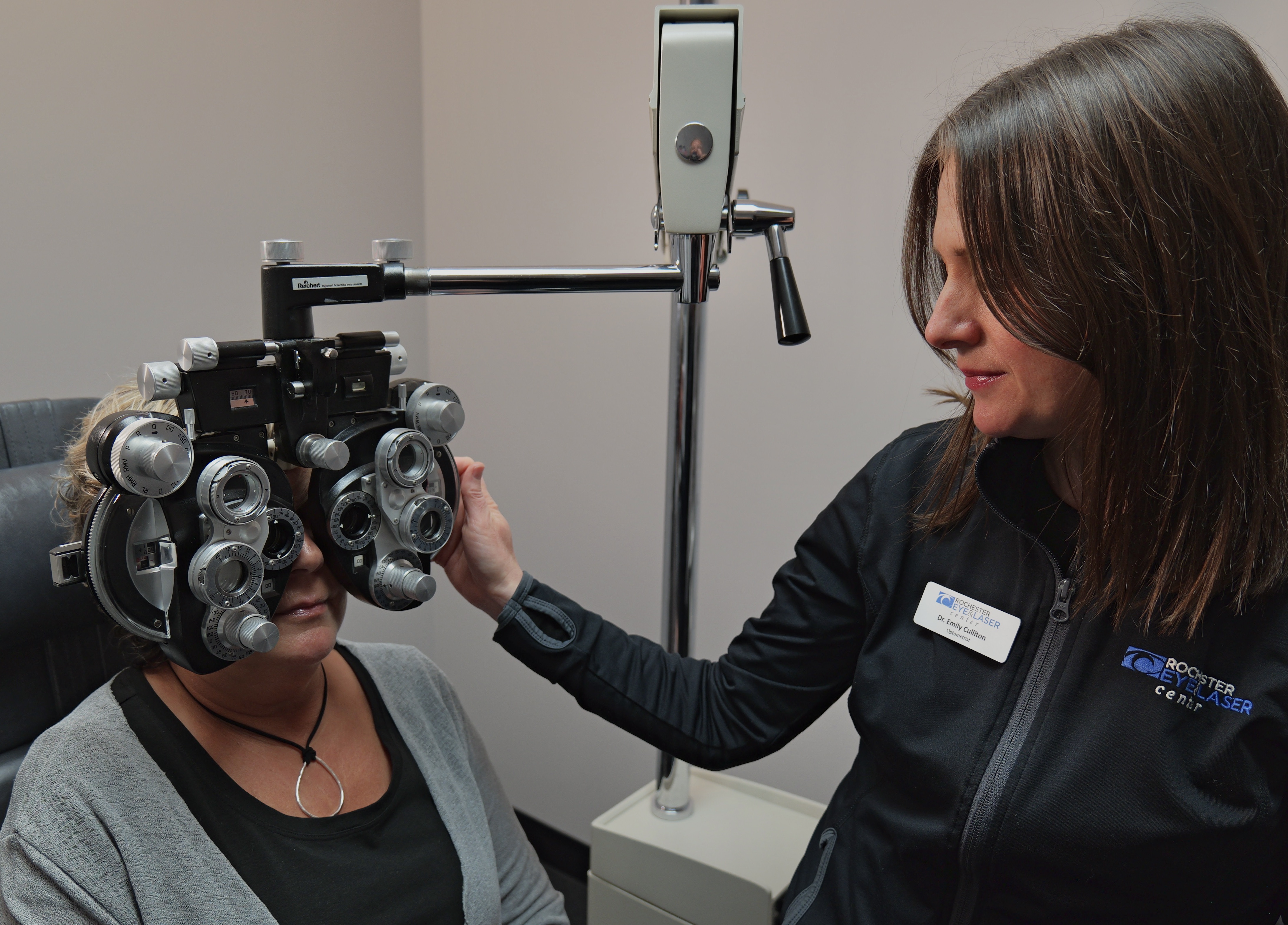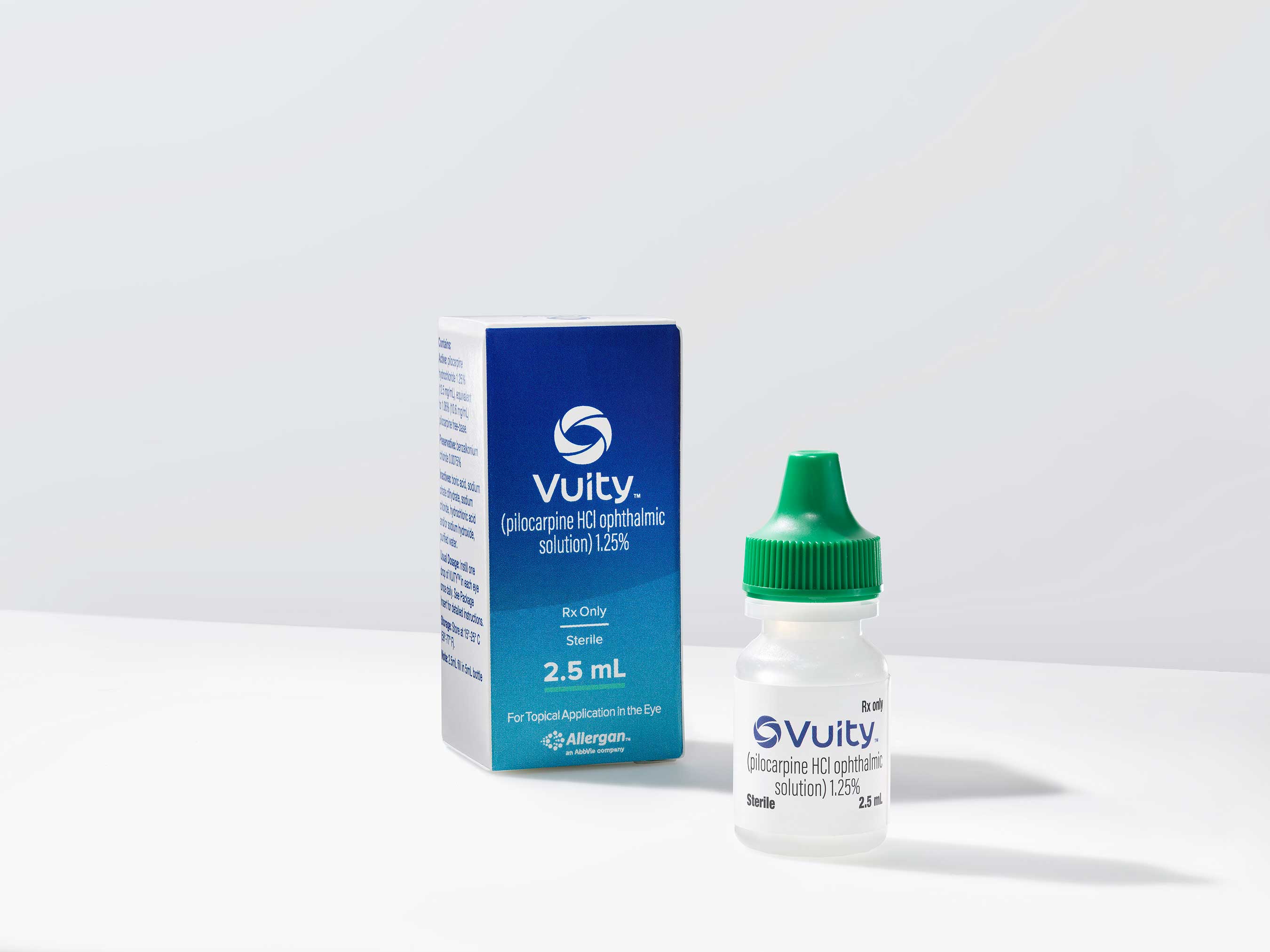Finally, a treatment for age related blurry near vision!
Presbyopia or age-related blurry near vision is a common, progressive, eye condition that reduces the eye's ability to focus on close objects,...

Hey there, if you’ve just hit 40 (or you’re getting close), you might’ve noticed something odd happening with your eyes lately. Maybe you're holding your phone farther away to read a text, or squinting a bit more at restaurant menus. Maybe reading in dim light is suddenly more annoying than cozy. Sound familiar? If so, you're not alone, and you're probably experiencing something called presbyopia.
Now, before you panic or start Googling things like “how to fix blurry reading vision,” let me just say: it's totally normal. It happens to pretty much everyone sooner or later, and the good news is that there are lots of ways to deal with it. We’re going to walk through everything you need to know what presbyopia is, why it happens, and what you can do about it without any confusing medical jargon. Just real talk.
So here’s the deal, presbyopia (pronounced prez-bee-OH-pee-uh) is a totally natural part of aging. It’s not a disease or anything bad happening to your eyes. It’s just a gradual change in the way your eyes focus, especially on things that are close up.
When you're younger, the lens inside your eye is super flexible. It can change shape easily, helping your eyes switch focus from far to near and back again without you even thinking about it. But as you age, that lens starts to stiffen up. It’s like going from a rubber band to a dried-out elastic. It just doesn’t bounce back like it used to.
This stiffening makes it harder for your eyes to focus on close-up stuff. So if you find yourself pushing your phone or book further away to see it clearly yep, that’s presbyopia kicking in.
Most people start to notice the signs in their early to mid-40s. Some even a little sooner, some a bit later. It’s sneaky at first. Maybe the print in your favorite novel just seems a little fuzzier, or you need more light than usual to read. Before long, those drugstore reading glasses start to look a lot more appealing.
It’s not just readers who notice the change. Even if you already wear glasses for nearsightedness or farsightedness, you might start needing bifocals or progressive lenses. Presbyopia doesn’t care if you’ve been in the “glasses club” for years, it’s coming for all of us.
Let’s get real here. If you’re over 40 and noticing any of the following, you’re probably in presbyopia territory:
If any of that rings true, you’re in good company. Millions of people around the world deal with this every day and most manage just fine once they find a solution that works for them.
Let’s talk about treatment options. And no, it’s not just “get glasses and move on with life” although glasses are a great choice for many people. These days, there are more options than ever, from stylish readers to cutting-edge surgery. Let’s break it all down.
Let’s start with the classics. Reading glasses are the go-to fix for most people with presbyopia, especially if you don’t already wear glasses. They’re cheap, easy to find (hello, pharmacy aisle), and they come in all kinds of fun styles.
You just pop them on when you need to read something up close, then take them off when you’re done. Simple as that. Some people buy a few pairs and keep them all over the house—in the kitchen, by the bed, at the office. It’s the low-maintenance option that works well for tons of people.
If you already wear glasses or contacts for distance vision, you might need something more than simple readers. Enter bifocals and progressive lenses.
Bifocals have two prescriptions in one lens, one for seeing far away and one for seeing up close. There’s usually a visible line separating the two zones.
Progressive lenses, on the other hand, are a more modern (and more seamless) version. They don’t have that line, and they offer a gradual shift in prescription from top to bottom. It can take a little getting used to, but many people love the flexibility they offer.
Yep, there are contact lenses for presbyopia too! Some people wear two different contacts, one for distance in one eye and one for close-up in the other. This is called monovision, and while it sounds weird, your brain can actually adapt and make it work.
There are also multifocal contact lenses that work kind of like progressive glasses, with different prescriptions built into different parts of the lens. It might take a bit of trial and error to get the right fit, but it’s a great option if you don’t love wearing glasses.
Believe it or not, there are now prescription eye drops that can temporarily help with presbyopia. One example is Vuity, which was approved by the FDA not too long ago. These drops work by making your pupil smaller, which helps improve your ability to focus on close-up objects.
The effect usually lasts several hours, so you’ll still need other vision correction for the rest of the day. It’s not a magic cure, but for some people, it’s a great option for specific situations like reading a menu on a dinner date or going to a meeting without glasses.
If you're really not into the idea of glasses or contacts, there are some surgical treatments for presbyopia too. These range from procedures that change the shape of your cornea (like LASIK or PRK, but modified for presbyopia) to lens replacement surgeries similar to those used for cataracts. Note: Dr. Lindahl does not do surgery for presbyopia unless you also have myopia (trouble seeing objects far away.)
Some people even get implants that act like a tiny pair of reading glasses inside their eye. Pretty wild, right? These surgeries aren’t for everyone, and they come with risks and recovery time, but they can be life-changing for the right person.
Here’s the honest truth-no, you can’t really stop presbyopia from happening. It’s just part of getting older, like graying hair or stiff knees. But you can make it easier on your eyes and maybe delay some of the symptoms.
Here are a few tips that might help you take better care of your vision overall:
Okay, this might sound like it’s coming out of left field, but let’s chat for a second about your indoor environment. Believe it or not, things like air quality can affect your eye comfort especially as you get older.
If your eyes often feel dry, irritated, or tired, the issue might not be just vision, it could be your air. Dirty vents and dusty air systems can blow allergens and debris around your home or office, making your eyes feel worse. Getting your duct cleaning done professionally every now and then can actually help reduce eye irritation and improve your overall comfort. Just something to keep in mind.
Once you find the right solution, it’s no big deal. Sure, it takes a little adjusting. You might need to remember to grab your glasses more often, or you might have to try a few different lenses before you find your favorite. But life goes on. You’re still you.
Plenty of people live full, active lives with presbyopia. They read books, travel, work, text, cook, paint, whatever they love. Having to use a pair of reading glasses now and then doesn’t make you “old.” It just means you’ve earned a few more candles on your cake, and your eyes are asking for a little help.
So here’s the bottom line: presbyopia is totally normal, super common, and most importantly, manageable. You’ve got tons of options, from simple readers to fancy progressives, high-tech contact lenses, and even surgery. There’s no one-size-fits-all solution, and that’s actually a good thing.
Your best bet? Talk to us. We’ll help you figure out what’s best for your lifestyle, your eyes, and your budget. You don’t have to live in a world of blurry texts and squinty menus. With the right support, you’ll be back to seeing clearly and comfortably in no time.

Presbyopia or age-related blurry near vision is a common, progressive, eye condition that reduces the eye's ability to focus on close objects,...

Much like screen time, video games can be played as a way to wind down after a long day or hype yourself up after winning and advancing to the...

Did you know you can make allowances in your Flexible Spending Account or Health Savings Account which is a great way to plan for LASIK or Optical...